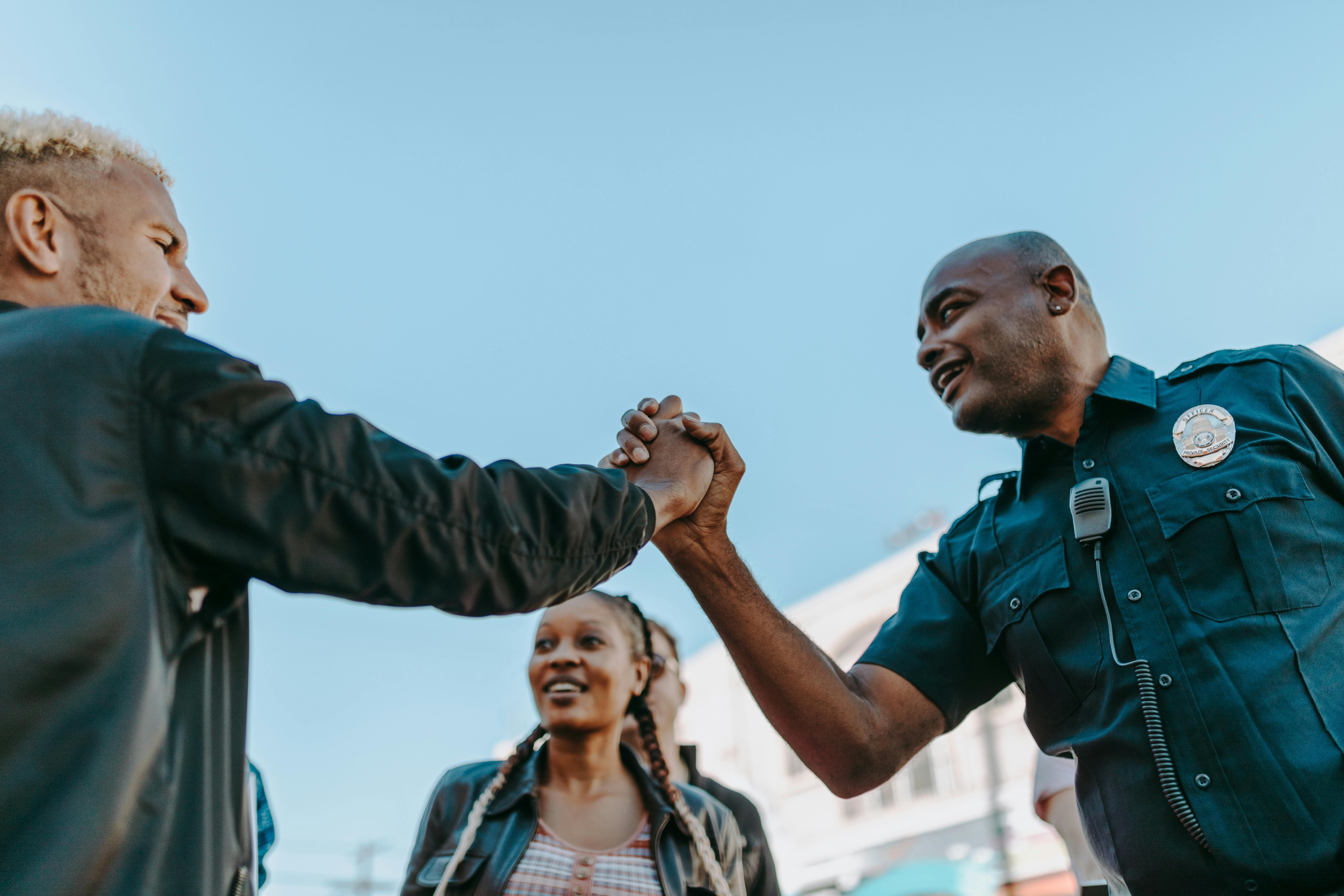Speaking Up and Standing Together: A Timeline of Impactful Protests
- Demonstration of Public Discontent
Protests have always been a powerful means of challenging injustice and driving change. Here's a snapshot of some of history's most significant protests, their triggers, and the impact they've left on the world:
The American Civil Rights Movement - Fighting for Equality
Timeline and Causes:
- In the late 1950s and 1960s, African Americans banded together to fight against racial segregation and discrimination, taking a nonviolent stand against unjust laws in the southern states.
- The Montgomery Bus Boycott exploded in response to Rosa Parks' arrest for refusing to give up her seat (1956)[1].
- Years later, the desegregation of Little Rock Central High School faced opposition from the state government (1957), but federal intervention ensured it went ahead[1].
- Freedom Rides showcased determination as they rode buses through the South to test federal desegregation laws, resulting in widespread violence[1].
- The iconic March on Washington took place in 1963, demanding civil rights changes, with Martin Luther King Jr. delivering his "I Have a Dream" speech[1].
- In the same year, the Civil Rights Act was passed, outlawing segregation in public spaces and employment discrimination[1].
The Legacy:
- Progressive Legislation: The Civil Rights Acts of 1964 and 1965 aimed to halt segregation and safeguard voting rights[5].
- Social Evolution: The movement spurred significant social changes, including desegregation and augmented legal protections for African Americans[5].
Student Protests - Raising Awareness Globally
Timeline and Causes:
- From the 1960s to the 1970s, student activism soared globally, focusing on civil rights, war, and campus issues.
- The Student Strike in the U.S. erupted in 1970, protesting the Vietnam War and the Kent State University shootings[2].
The Legacy:
- Activism Around the World: These protests sparked widespread student activism, challenging conventions and political landscapes worldwide[2].
- Reformation and Enlightenment: They led to education reforms and a greater understanding of pressing socio-political concerns[2].
The American Indian Movement - Fighting for Native American Rights
Timeline and Causes:
- In 1968, the American Indian Movement (AIM) was formed to counteract federal policies, restore land rights, and combat social injustices affecting Native Americans[4].
- In 1973, the Wounded Knee occupation highlighted AIM's demands for change, attracting global attention to Native American plights[4].
The Legacy:
- Awareness Elevated: The Wounded Knee standoff amplified international awareness of Native American rights and struggles[4].
- Policy Adjustments: AIM's activism contributed to a reevaluation of federal policies affecting Native American communities[4].
Occupy Wall Street - Combatting Economic Inequality
Timeline and Causes:
- In 2011, this movement emerged in New York City, taking aim at economic inequality, corporate power, and the corrupting influence of money in politics[3].
The Legacy:
- A Global Uprising: Inspired protests worldwide demanding economic and social equality[3].
- National Dialogues: Contributed to crucial debates on economic reform and regulation[3].
These protests stand testament to the enduring power of collective action in shaping societal, legal, and political landscapes.
- In the historical timeline of impactful protests, the section on the American Civil Rights Movement highlights the protest following Rosa Parks' arrest as a significant trigger for the Montgomery Bus Boycott (1956).
- The Student Protests timeline showcases a particular protest in the United States during the 1970s, where students took a stand against the Vietnam War and the Kent State University shootings.
- The legacy of the American Indian Movement includes the Wounded Knee occupation in 1973, which attracted global attention to Native American plights and contributed to a reevaluation of federal policies affecting Native American communities.








